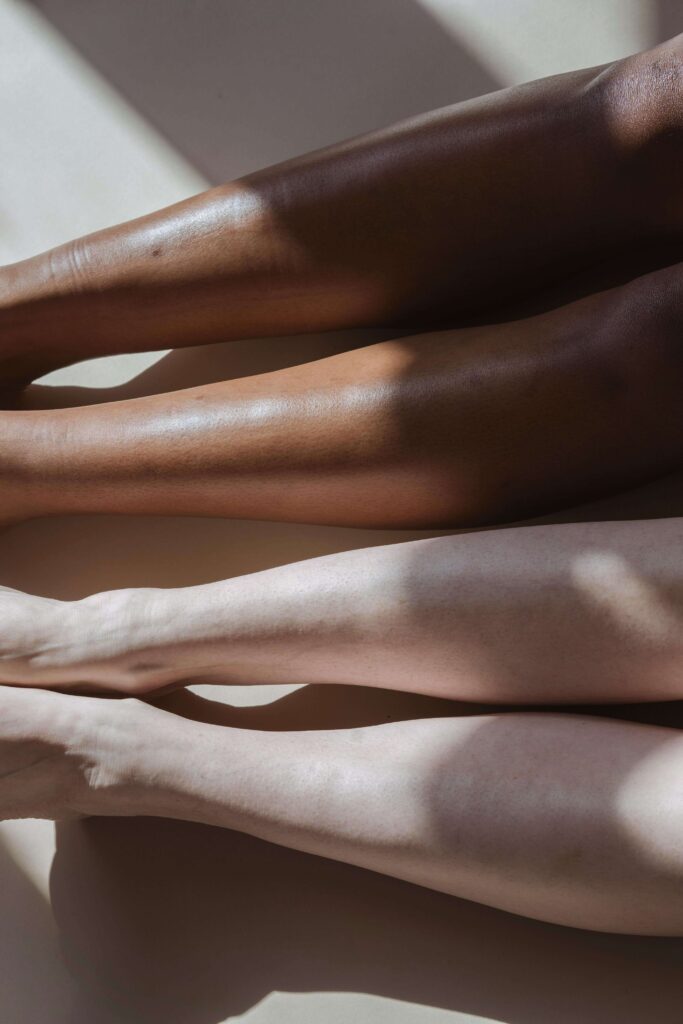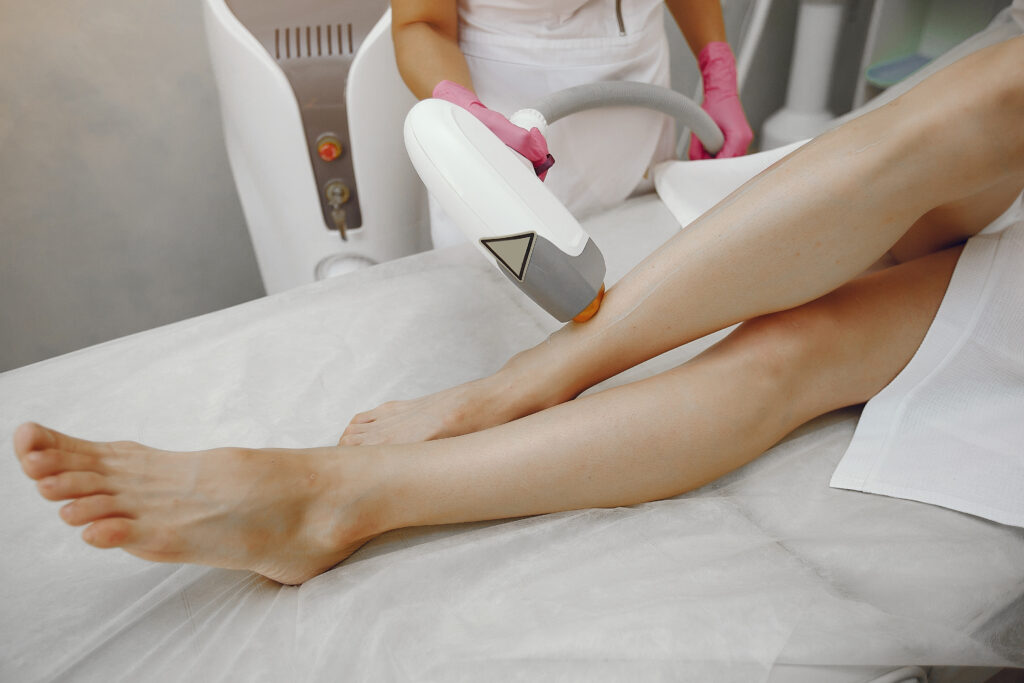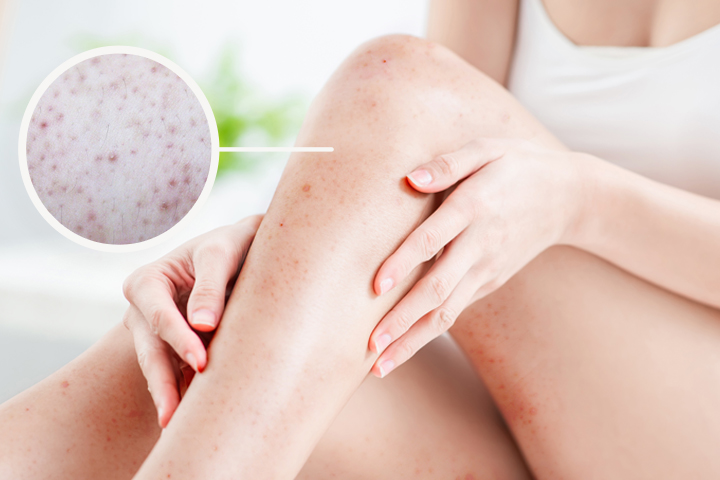Top 5 Laser Hair Removal Areas: Where Can You Remove Unwanted Hair?
Top 5 Laser Hair Removal AreasWhere Can You Remove Unwanted Hair? Laser hair removal is one of the most effective and long-lasting solutions for unwanted hair. Whether you’re looking to eliminate facial hair, get rid of back hair, or achieve smooth legs, laser hair removal can target almost any area of the body. But which areas are the most popular for treatment? At Laser Affair Inc., we specialize in providing safe, professional, and highly effective laser hair removal services. In this guide, we’ll break down the top five laser hair removal areas, what to expect, and why this treatment is a game-changer for smooth, hair-free skin. 1. Face (Upper Lip, Chin, and Sideburns) One of the most common laser hair removal areas is the face, particularly for those who struggle with unwanted facial hair due to genetics or hormonal changes. For example, men struggling with ingrown beard hairs or women who grow more hair than they feel comfortable with opt to laser it away. The most frequently treated areas include: Upper Lip – Ideal for removing mustache-like hair.Chin – Common for women with hormonal hair growth.Sideburns – Helps define a clean facial outline. 2. Underarms (Armpits) Tired of shaving your armpits every day? The underarms are one of the most requested laser hair removal areas because of the convenience and long-term smoothness it offers. The underarm area responds exceptionally well to laser hair removal due to the contrast between skin tone and hair color. 3. Bikini Area (Brazilian & Bikini Line) The bikini area is another top laser hair removal zone, especially before vacation season! Whether you prefer a simple bikini line cleanup or a full Brazilian, laser hair removal ensures a smooth, ingrown-free finish. Bikini Line vs. Brazilian: What’s the Difference? Bikini Line – Removes hair along the edges of underwear and 2 inches into the thighs.Brazilian – Removes all pubic hair (front, back, and everything in between) except for the butt cheeks. 4. Legs (Full or Half-Legs) Shaving your legs every few days can be time-consuming and frustrating. That’s why laser hair removal for legs is one of the most sought-after treatments. Full Legs vs. Half-Legs Half-Legs – Treats either the upper thighs or lower legs (from knees down).Full Legs – Covers the entire leg, from thighs to ankles. 5. Back & Chest (For Men and Women) Men often struggle with excessive back and chest hair, which can be difficult to shave or maintain. Women often seek hair removal treatments for excessive peach fuzz on their backs, or areola hairs on their chest. Women who experience hormonal hair growth in these areas (due to PCOS or genetics) also benefit from laser treatments. Why Laser Hair Removal is Great for Back & Chest: ✔ Eliminates thick, coarse hair.✔ Reduces ingrown hairs and irritation.✔ No need to rely on hard-to-reach shaving. Final Thoughts: Is Laser Hair Removal Right for You? If you’re tired of shaving, waxing, or dealing with ingrown hairs, laser hair removal is an excellent solution. The most popular areas to treat include: At Laser Affair Inc., we offer safe, Tampa laser hair removal services with advanced technology for all skin types. Our expert technicians ensure a comfortable, effective experience with long-lasting results. Book your consultation today and say goodbye to unwanted hair for good! FAQ How Many Sessions Are Needed? Most people need 4-6 sessions, spaced 4-6 weeks apart, for optimal hair reduction. Depending on the person and the area, more sessions can be necessary to eliminate all of the hair desired. Can I Shave Between Laser Hair Removal Sessions? Yes. In fact, shaving is the only recommended method of hair removal between sessions. Avoid waxing, plucking, or epilating, as these methods remove the hair follicle that the laser targets. What Lasers Are Used?We use advanced laser technology including the Alexandrite laser, which is considered the gold standard for treating lighter skin tones. For deeper skin tones, we utilize lasers like the Nd:YAG, which safely bypass melanin in the skin while targeting the hair follicle. Our team selects the right laser for your skin type to ensure safe, effective results. How Bad Does Laser Hair Removal Hurt?Most people describe the sensation as a sharp rubber band snap or a quick sting. While it varies by treatment area and personal sensitivity, discomfort is brief and tolerable. Areas with thinner skin (like the upper lip or bikini line) may feel more intense, but our lasers include cooling features to reduce irritation.





